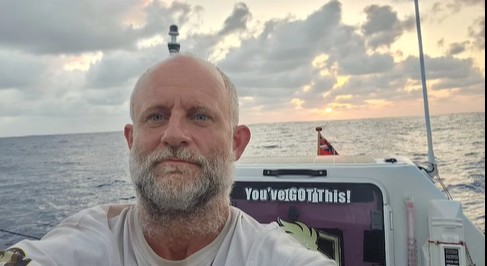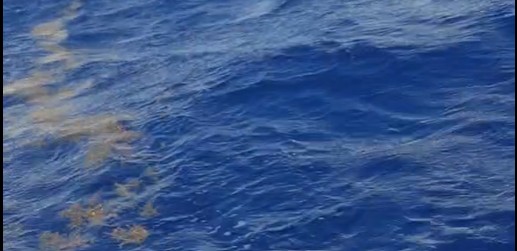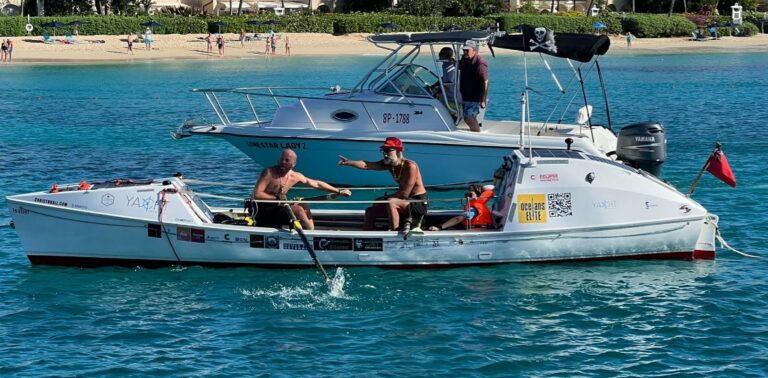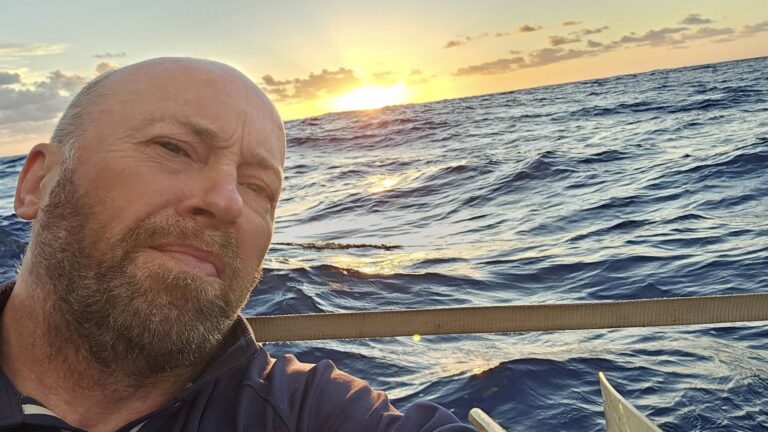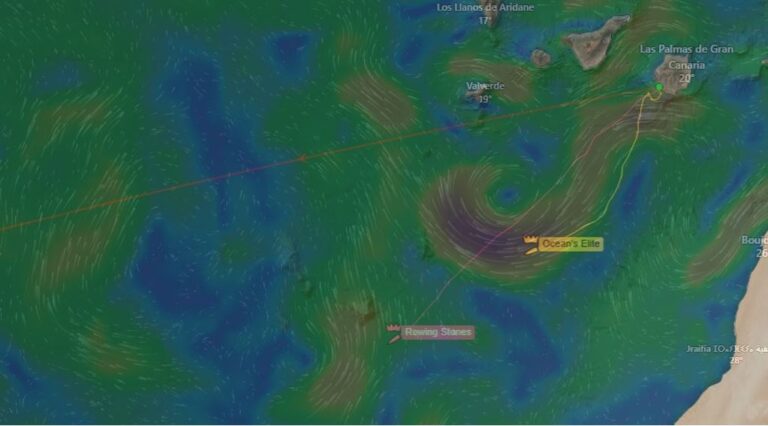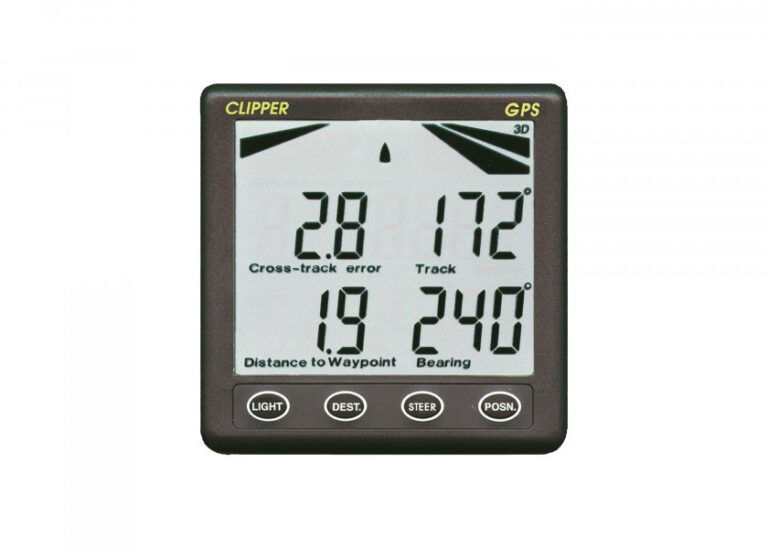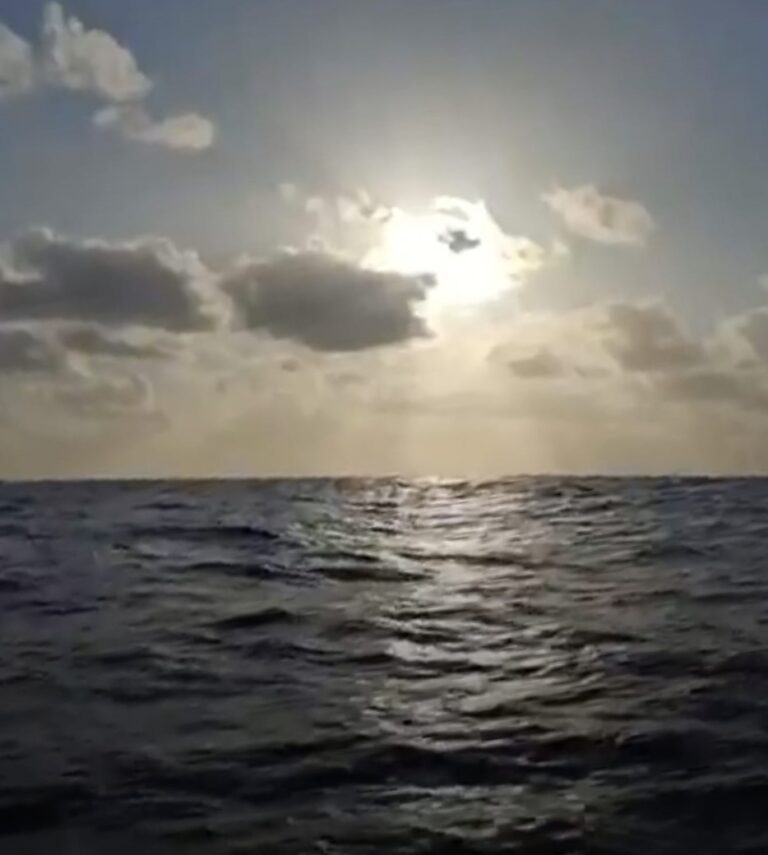Day 34 – Waving at waves
10nm might not feel like a long way and you’d be forgiven for thinking that our teams, who are only separated by around 10nm, would be able to see each other, or at least see each other’s navigation lights at night. Sadly as the earth is a sphere, or to be more precise an oblate spheroid, and as the crews are a maximum of 2m off the surface of the water the theoretical maximum distance you can see is about 5km. So despite being so close to each other they can’t yet see each other. But they are trying to get close enough to at least give each other a wave.
Of course this isn’t all they’re aiming to do. They’re also focussed on Barbados and it won’t be long before they’re able to see the distance to Barbados tick under the 1000nm to go mark. Today we have some good news from Rowing Stones. They have been able to charge their satellite phone. Clearly the salty air had started to corrode the more delicate parts of the phone charging mechanism meaning that when plugged in the phone failed to charge! Disaster! Thankfully our robust and battle hardened engineers have come up with a unique and ingenious method to ensure the phone receives it’s charge. Our technological wizards used the method of wiggling the cable and holding it in place when it started charging. Result! They’ve decided to keep the phone usage to a minimum for the moment and only turn it on when needed. So friends and family, don’t be disturbed if you don’t hear from the crew as much as you were.
Meanwhile Ocean’s Elite have been listing to James Blunt’s biography along with loads of other sea stories on Audible. They’ve been able to download new content while at sea using their Starlink. This really is next level impressive. In the past there have been so many crews who have had issues with their music with units crashing or stopping playing downloaded songs on Spotify because they’re not logged into a wifi network after more than a month. By having a stable and high speed network connectivity while on the water, everything has changed! Amazing. It comes at a price of power usage onboard, but with careful monitoring and using these boats with manually controlled rudders instead of an autohelm, it is obviously a viable solution to the old challenge of satellite network connectivity.

